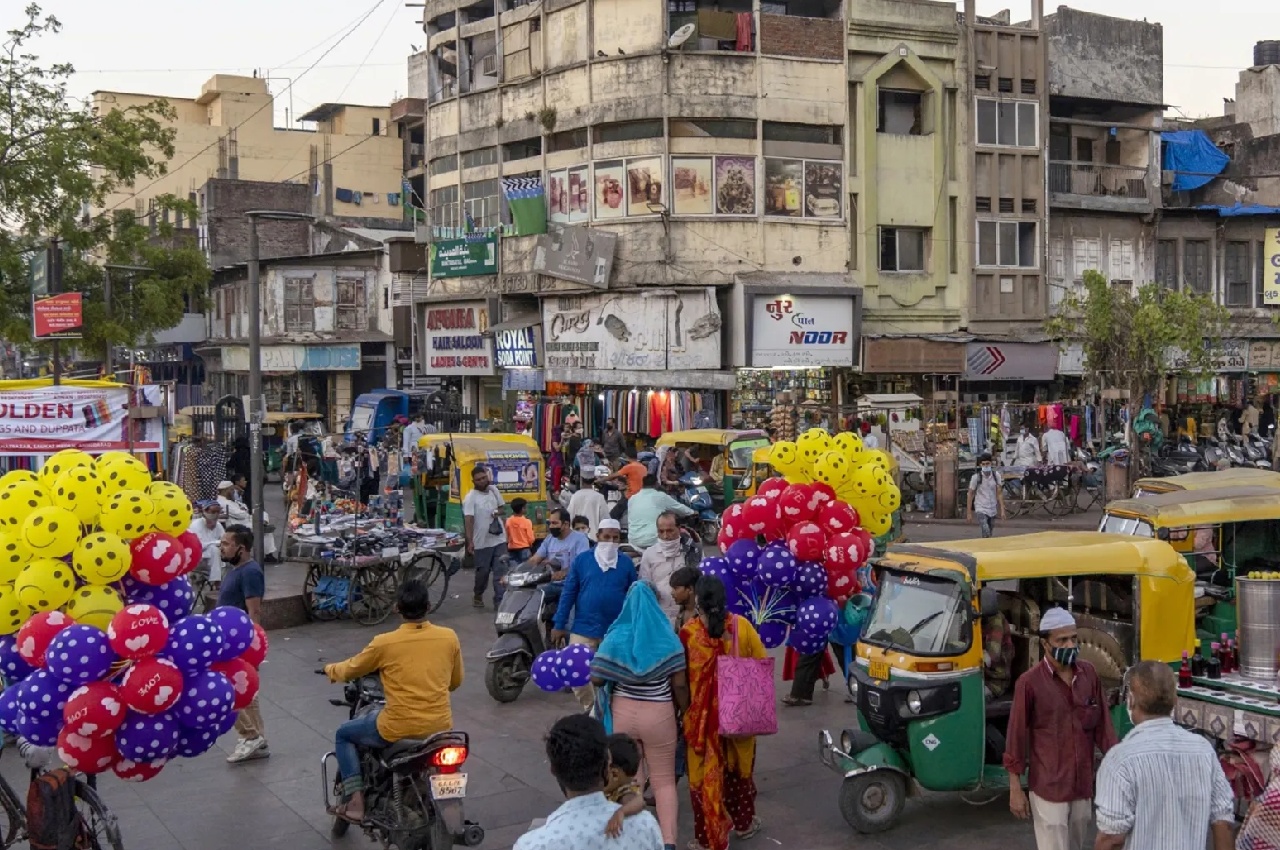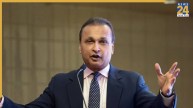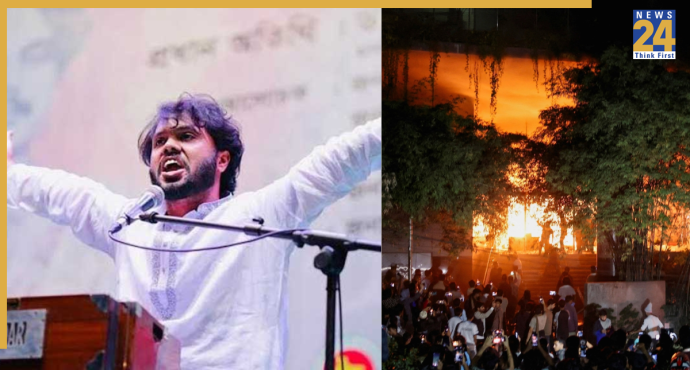New Delhi: India is suffering from a liquidity crisis, making short-term borrowing costs go above key policy interest rates and hence posing a threat to the Indian economy that requires cheaper funding to help in its recovery.
There has been a gush over the past few weeks, the weighted average call rate which is monitored by the Reserve Bank of India closely, has gone above its policy rate ceiling of 6.75%. Yields on one-year treasury bills have surpassed those on 10-year government debt, an abnormality often associated with the malfunctioned bond market.
This squeeze of funds depicts a choked financial system, which is resulting in the disturbance in bonds and further raising financing costs just,t as the RBI has paused monetary tightening amid easing price pressures.
However, economists say that the situation is likely to stay for a while, with the apex body still determined to tackle inflation and expected to offer short-term liquidity relief only.
What do the experts have to say?
“With the rate-hiking cycle behind us, liquidity management will now be the key focus of monetary policy,” said Gaura Sen Gupta, an economist at IDFC First Bank Ltd. “As long as the stance of monetary policy remains as withdrawal of accommodation, liquidity conditions are likely to remain tight.”
A gauge measuring excess cash that lender park with the RBI has declined to 484 billion rupees ($5.9 billion) from a high of 9 trillion rupees in 2022, as the regulatory body given a series of rate hikes and have cleared liquidity to tackle inflation.
The bond market is already feeling the pinch, with yields on six-month commercial paper of non-banking finance companies having risen 10 basis points this month. A Friday auction of sovereign bonds saw muted demand, with a bid-to-cover ratio of 2.6 times, according to ICICI Bank.
If this cash crunch continues and worsens, it may pose threats to an economy that has been on stellar growth since the pandemic but is not facing headwinds from the slow pace of global demand to heat waves that are threats to the nation’s thriving farm sector.
For now, economists say that the RBI will likely avoid using potent liquidity injection tools to bring rates down sharply, as it may want to continue borrowing costs relatively elevated to run in inflation and provide a buffer for the local currency.
The apex body is anticipated to initially rely on longer-dated variable bond repurchase agreements and foreign exchange intervention to make easy the funding squeeze, as per IDFC’s Sen Gupta, adding that an expected large dividend payout by the RBI to the government will also help offer more liquidity.













